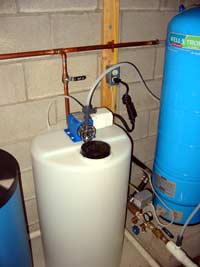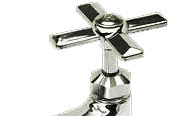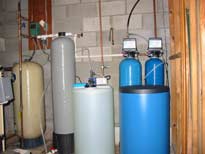|
Bacteria in Surface Waters
 Why testing is
important: Why testing is
important:
Total coliform bacteria are a collection of relatively harmless
microorganisms that live in large numbers in the intestines of humans as
well as warm-blooded and cold blooded animals. They aid in the digestion of
food.
A specific subgroup of this collection is the fecal coliform bacteria, the
most common member being Escherichia coli (E coli). These organisms are
separated from the total coliform group by their ability to grow at elevated
temperatures and are associated only with the fecal material of warm-blooded
animals.
The presence of fecal coliform bacteria in water indicates contamination
from fecal material either from man or other animals. When this occurs, the
source water may have been contaminated by pathogens or disease producing
bacteria and viruses which can also exist in fecal material. Some waterborne
pathogenic diseases include typhoid fever, viral and bacterial
gastroenteritis and hepatitis A. The presence of fecal contamination is an
indicator that a potential health risk exists for individuals exposed to
this water. Fecal coliform bacteria may occur in a water supply as a result
of the overflow of a domestic sewage or non point sources of human and
animal waste. |




